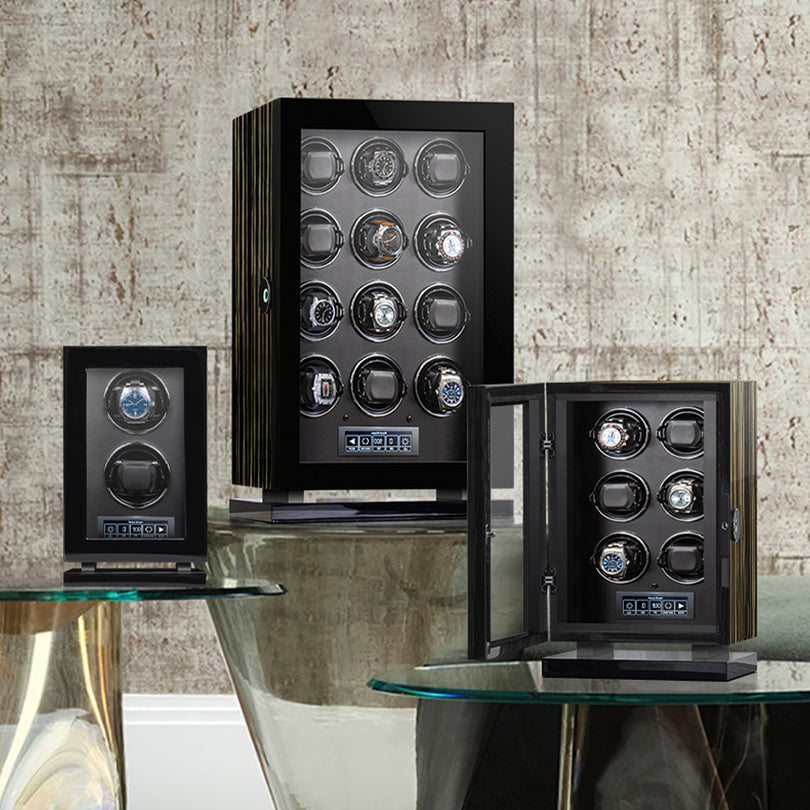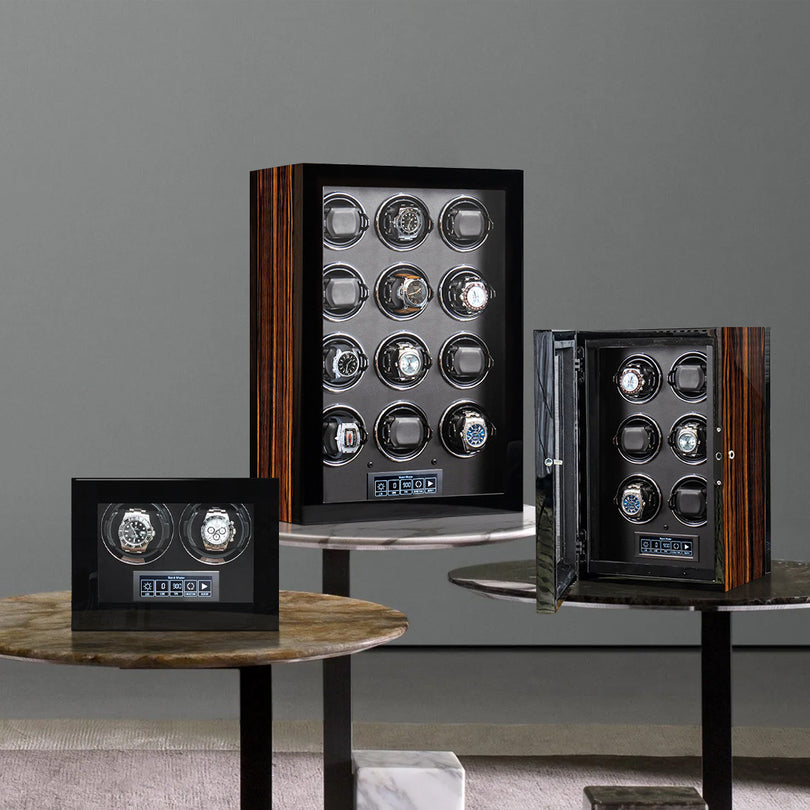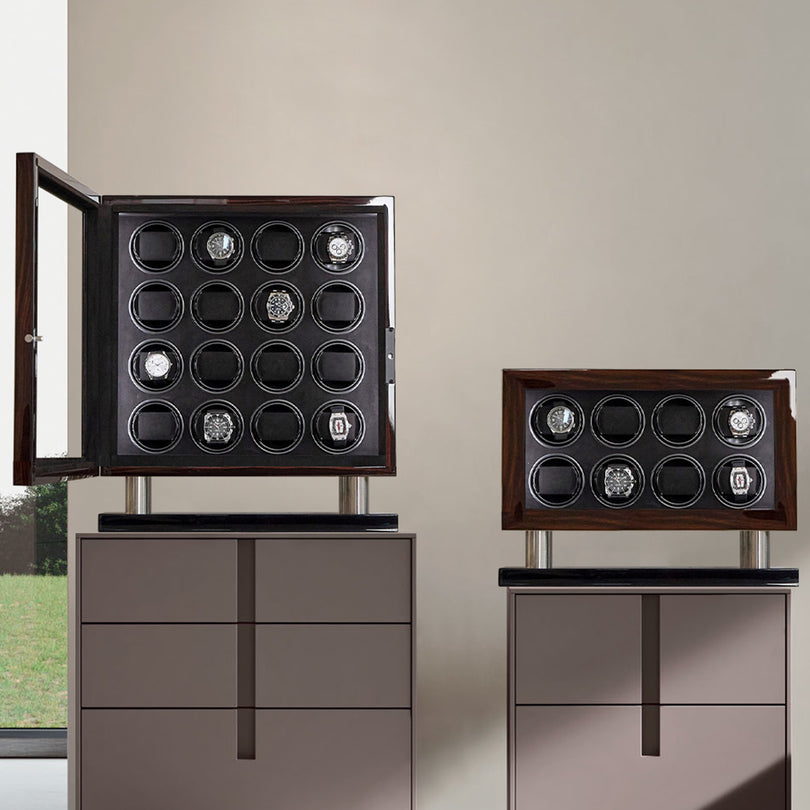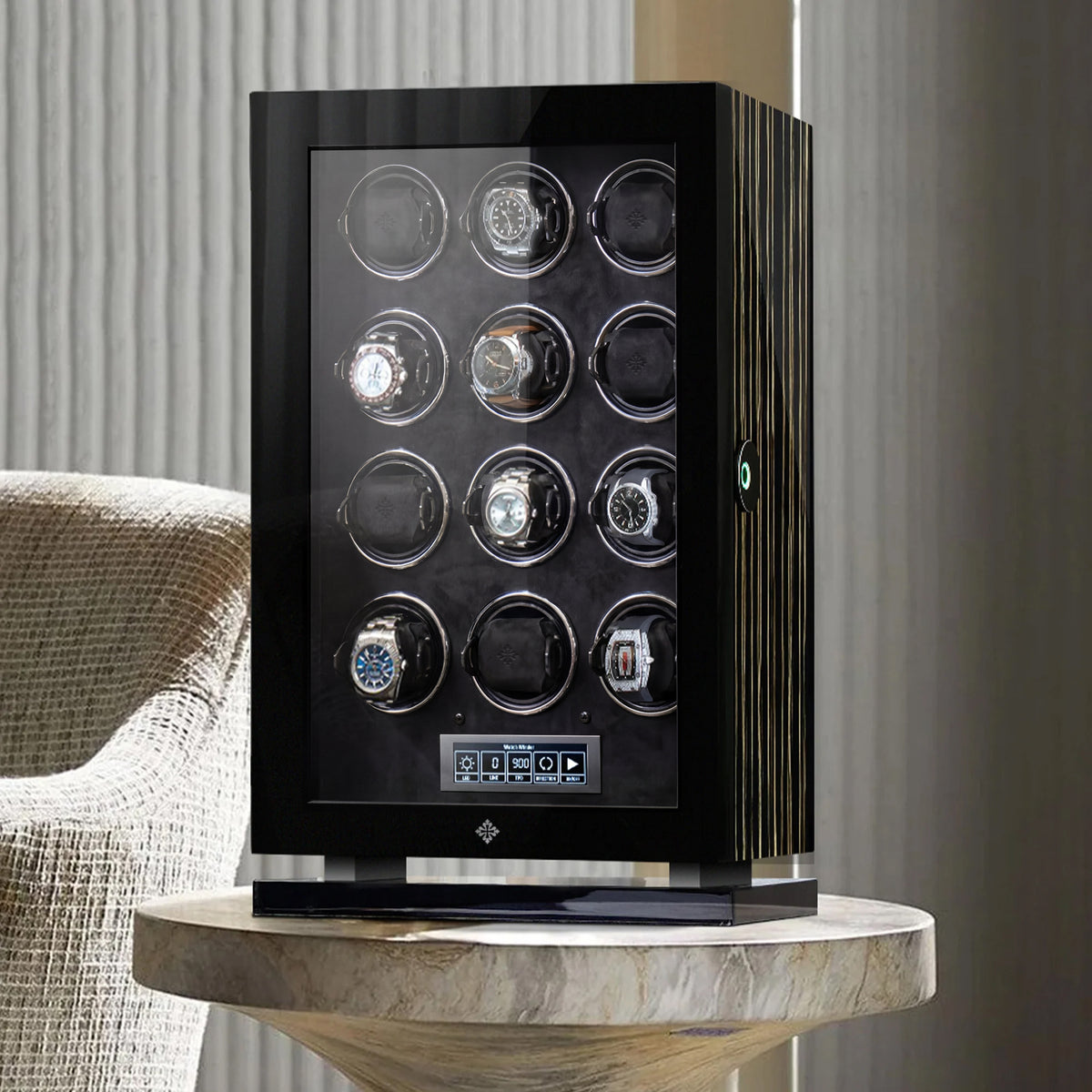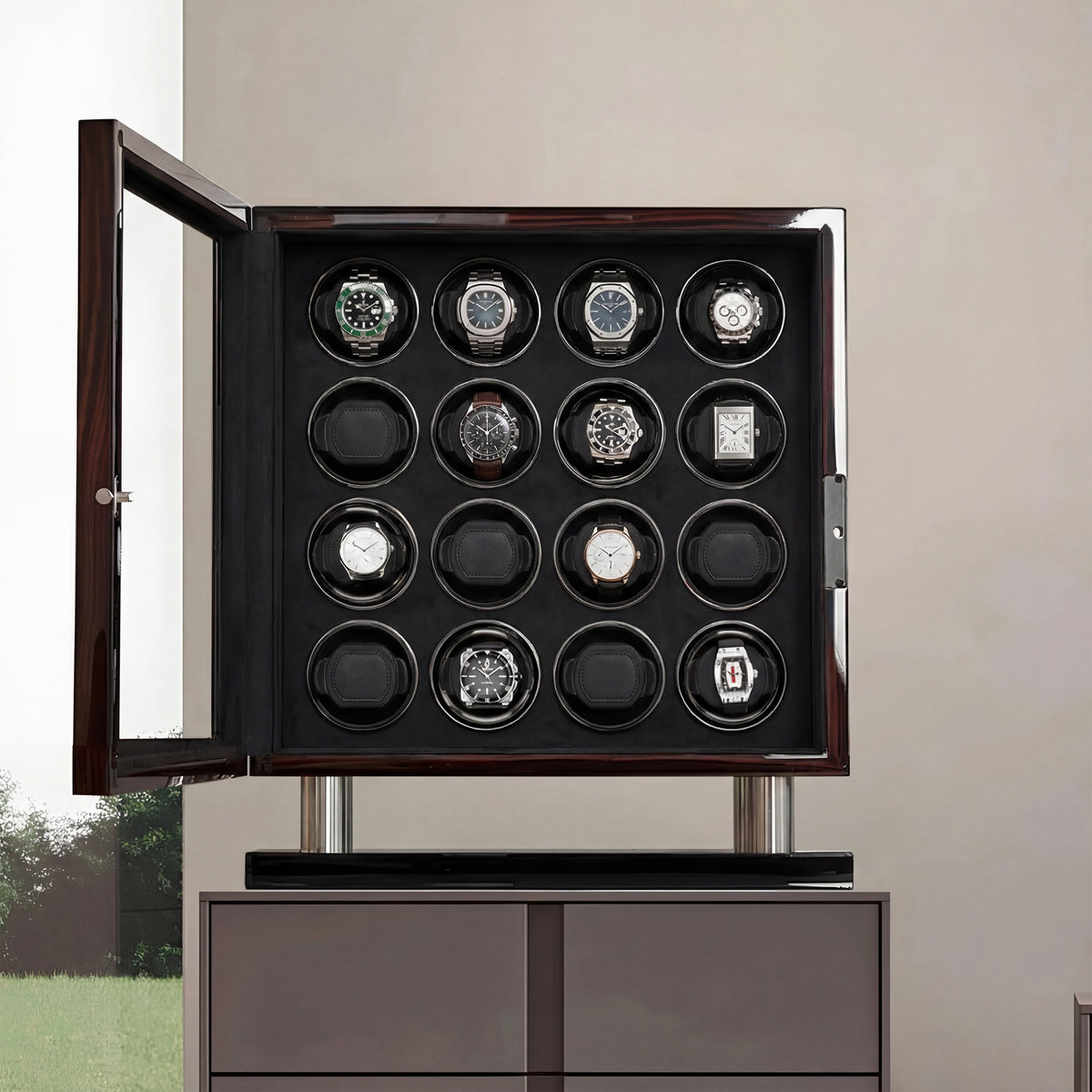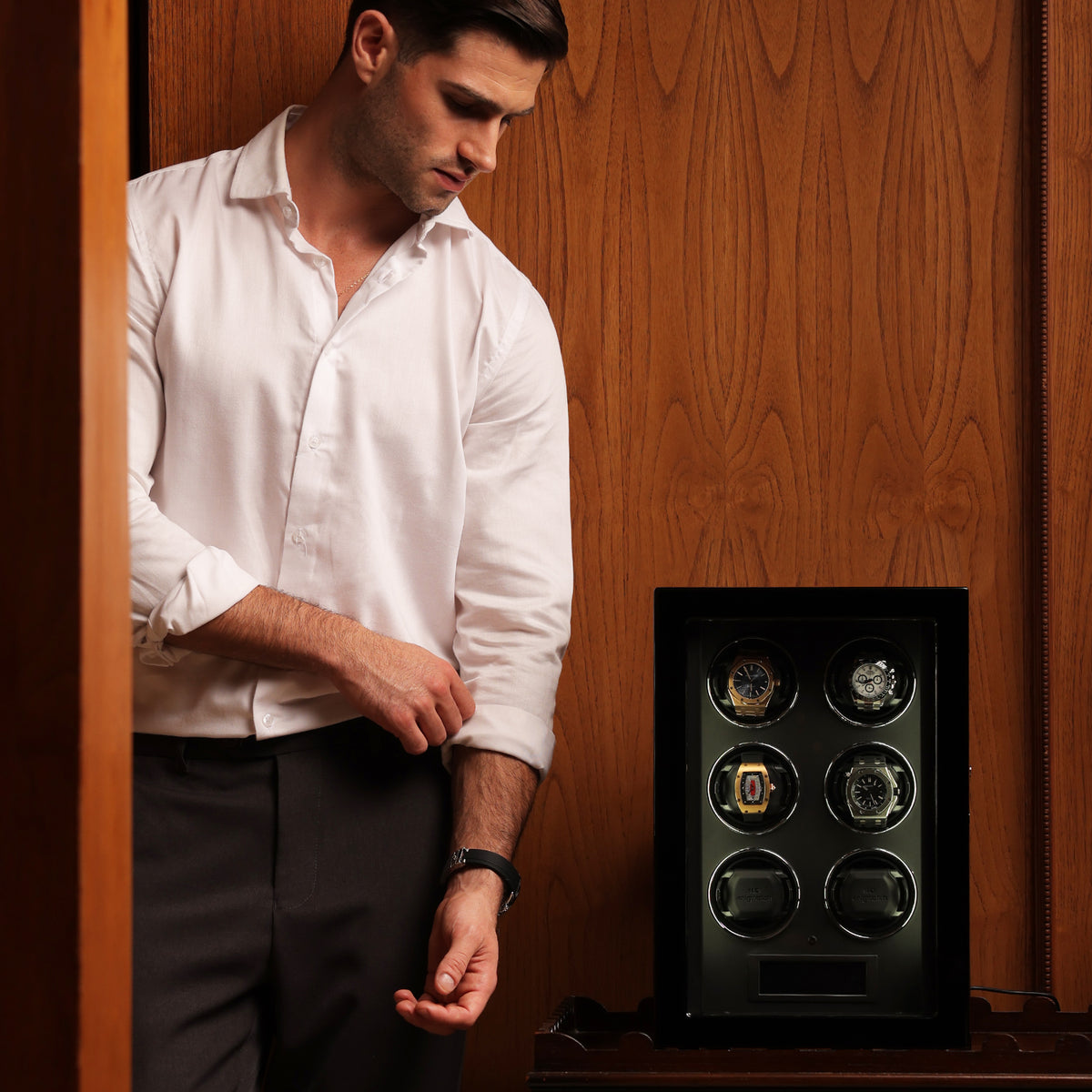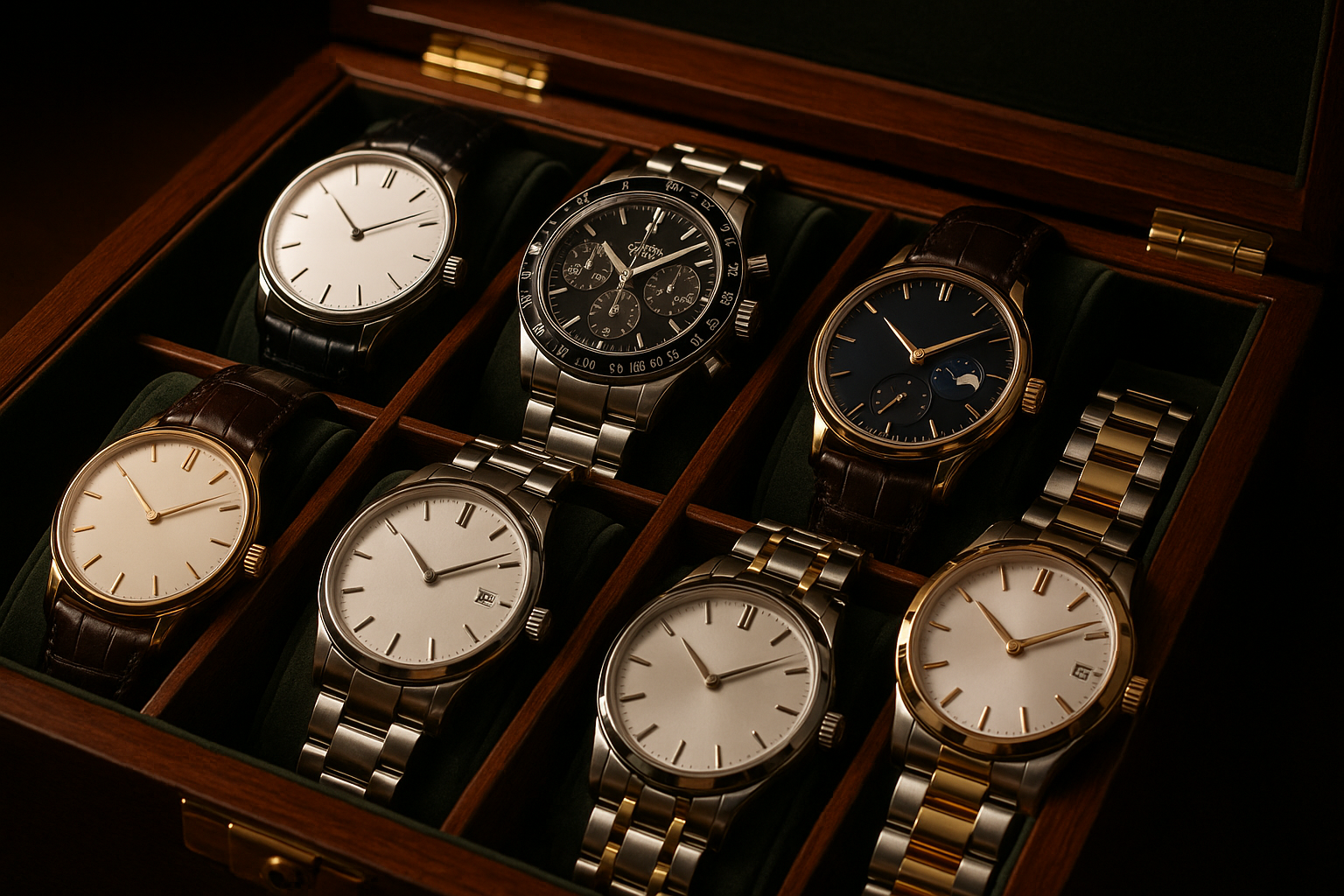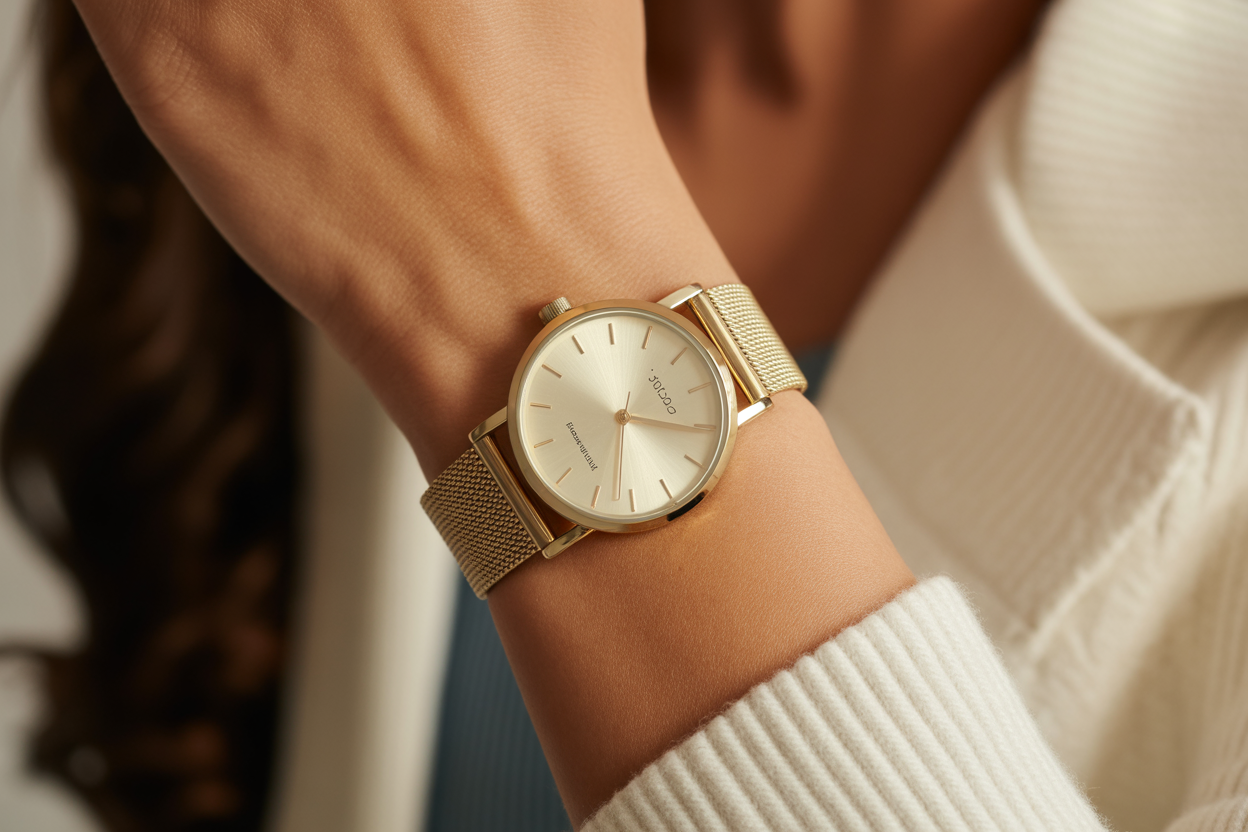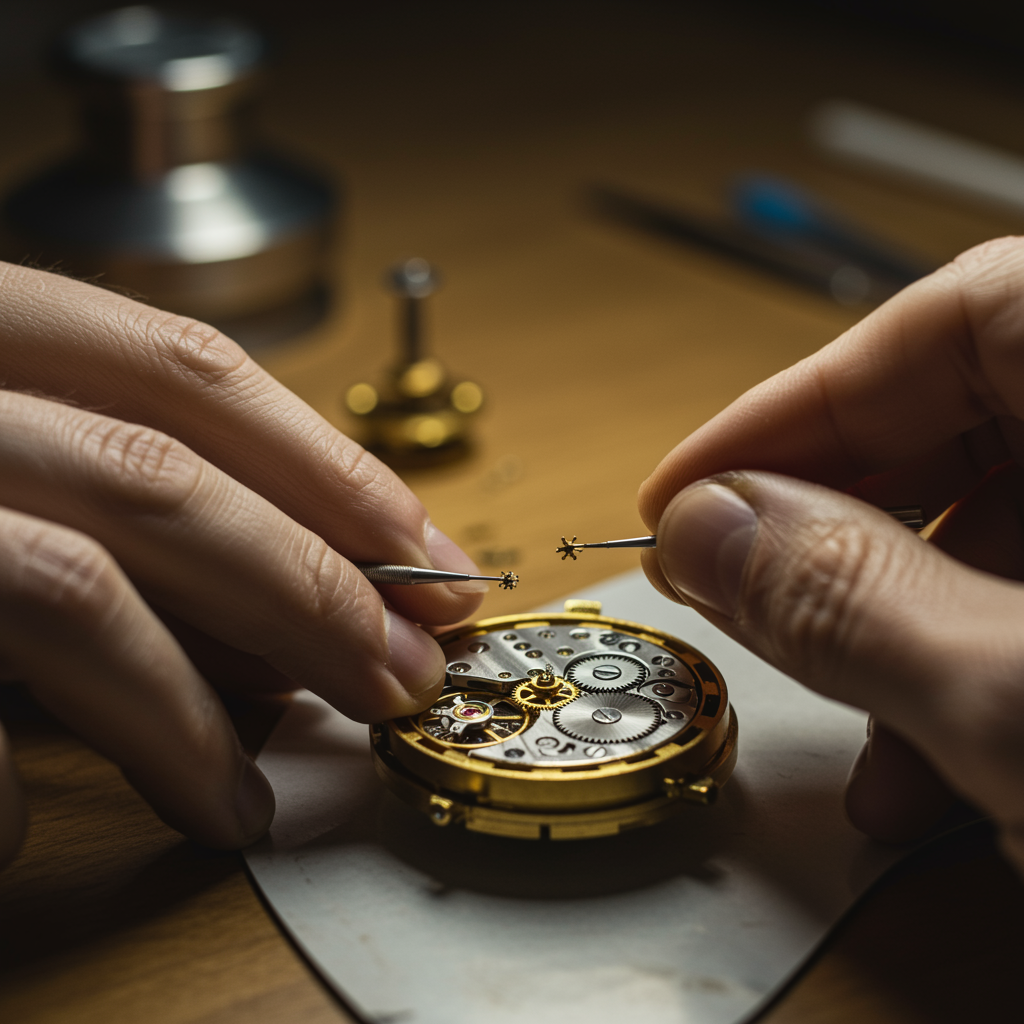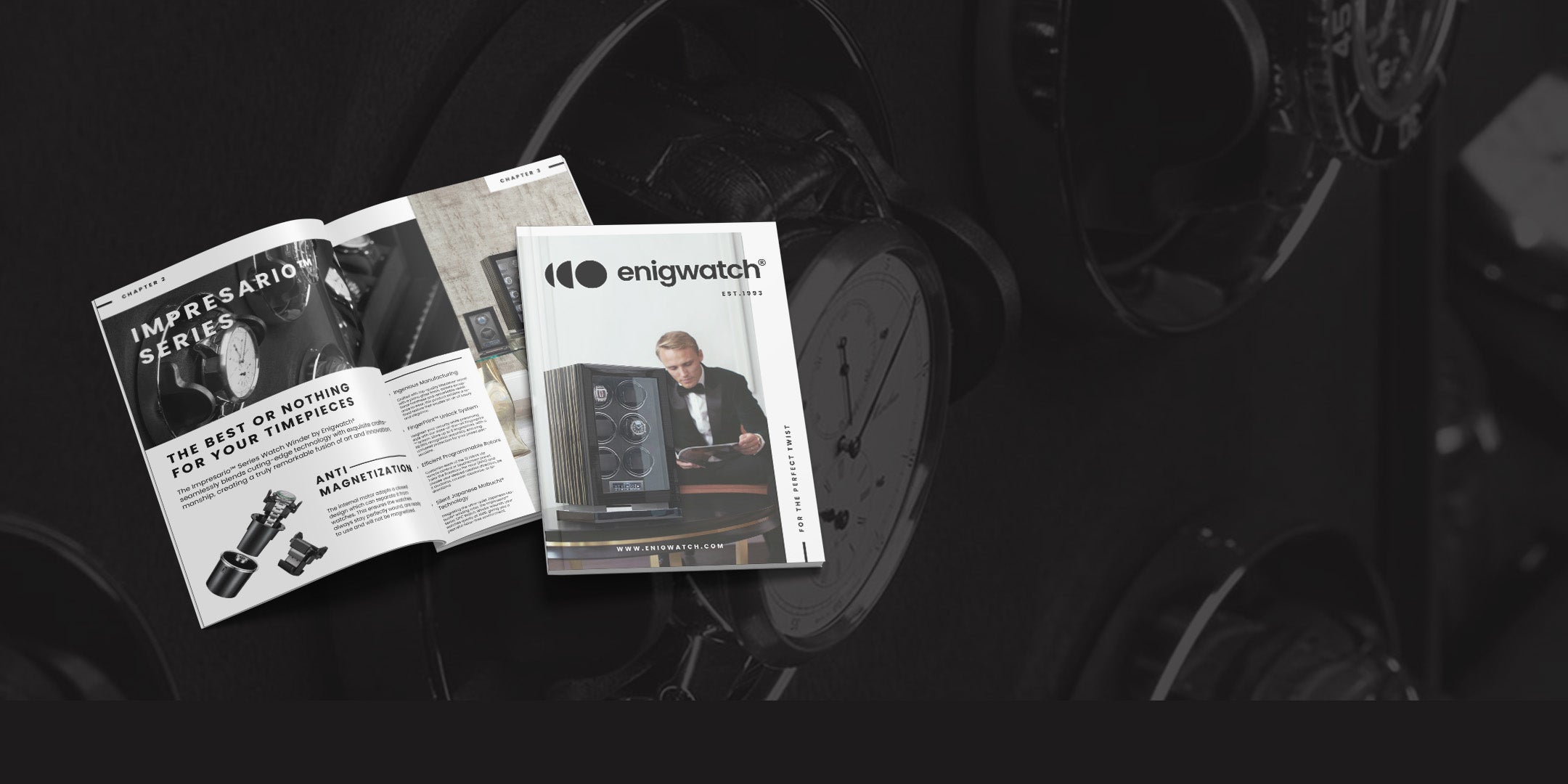Many discerning collectors begin their quest for a high-quality timepiece by exploring renowned Swiss brands. Among the elite, Tissot and Longines stand out—not just for their craftsmanship but also as proud members of the Swatch Group. However, it’s important to note that while both brands share a parent company, their offerings are uniquely accomodating to different segments of the market.

Longines is often celebrated for its luxurious watches, commanding a price point that reflects their opulence and catering to an audience with a taste for exclusivity.
On the other hand, Tissot offers accessible Swiss luxury, appealing to those who seek quality without the hefty price tag. Interestingly, Tissot has also captivated collectors with several high-end models, showcasing their versatility and depth in watchmaking.

You might also like: The Genius Watch: Albert Einstein and the Longines Curvex
As Longines continues to assert its dominance in the luxury watch market, it remains dedicated to maintaining the highest standards of quality.
Priced above many other prestigious Swiss brands like Omega, Longines differentiates itself through distinctive design and extensive customization options. Both brands have long been heralded as beacons of reliability in the world of watchmaking.
The Legacy of Tissot: Pioneering Precision in Timekeeping

Tissot, a renowned Swiss watch company, has gained global recognition for its exquisite timepieces. Established in 1854, just a few years after Longines, Tissot shares a rich watchmaking heritage that spans over a century. The brand initially crafted gold pocket watches, marking the beginning of its long-standing tradition of innovation.
The expansion into international markets began swiftly; Tissot entered the American watch industry in its inaugural year and was very popular in Russia within five years. Since 1907, Tissot has been based at Chemin des Tourelles in Le Locle, Switzerland, where its main production facility still operates.

You might also like: A Clash of Styles: IWC vs Longines in 2023
In 1910, Tissot launched its first wristwatch designed specifically for women, followed closely by a series of men’s wristwatches. These men's watches were notably slimmer and tailored to fit the larger wrists of their intended wearers, contrasting with the smaller, more delicate women's models.
By 1917, Tissot commenced manufacturing its own movements, emphasizing affordability without compromising quality. The brand has several pioneering achievements in the watchmaking industry, including the launch of the world's first non-magnetic wristwatch in 1930.
That same year, Tissot and Omega co-founded the Société Suisse pour l'Industrie Horlogère (SSIH), marking a significant milestone as the first Swiss watchmaking conglomerate.
Tissot’s enduring commitment to precision and reliability has also made it a preferred partner in the sports world, serving as the official timekeeper for some of the top auto racing teams globally. This illustrious history cements Tissot’s status as a beloved icon in the realm of luxury watches.
The History of Longines: A Legacy of Precision and Elegance

Since its founding in 1832, Longines has been synonymous with exceptional timepieces, epitomizing quality and precision. Originally established as Raiguel Jeune and Cie in Saint-Imier, Switzerland, the company embraced its current name in 1867 following a move to Les Longines, St. Imier.
In 1889, Longines introduced its now-iconic logo, the hourglass with wings, a design that remains unchanged, symbolizing the brand's enduring commitment to reliability and elegance. Rooted in Swiss tradition, Longines watches uses Swiss quartz movement with its unmatched accuracy.

You might also like: Oris vs Longines: Which One is Better?
Longines' reputation for excellence extends beyond craftsmanship to its role as a favored timekeeper in the sports world. They partners with leading figures and events to showcase its precision.
The brand’s dedication to innovation is evident in its development of in-house mechanisms, beginning with the acclaimed Longines Calibre 20A. This pioneering model, featuring the brand’s first in-house movement. For that reason, this watch garnered international praise and a prestigious award at the 1987 Universal Exposition in Paris.
The Longines Calibre 201A further demonstrates the brand’s technical prowess with its sophisticated anchor escapement, a testament to the craftsmanship that rivals other luxury watchmakers like Rolex and Omega. Despite competing in a high-end market, Longines watches are relatively affordable, offering luxury within reach.
As a distinguished member of the Swatch Group Limited, Longines continues to uphold its legacy as a beacon of Swiss watchmaking excellence.
Is Tissot Better Than Longines?
Although they compete in distinct watch markets, Longines and Tissot belong to the same family of watch brands. In contrast to Tissot, a more affordable watchmaker, Longines is quite popular for its high-end, high-priced watches.
If you are a watch collector on a tight budget, you will choose a Tissot, but if you can afford it, you will splurge on a Longines. When comparing Longines vs Tissot, you'll see that diving and sports watches are a hot topic in terms of timepiece categories.
Longines vs Tissot: Sport Watches

You might also like: Tissot vs Citizen: 2023 Clash of Timekeeping Titans
These timepieces prioritize function above form. These timepieces have earned a reputation for putting role before form. Longines and Tissot are home to some of the finest and most luxurious sports watches. The Longines Sports Legend L3.674.4.50.0 and the Tissot T-Race Swiss Automatic Chronograph will be compared.
The more classic look of the Longines Sports Legend L3.674.4.50.0 makes it suitable for any sex. The watch's supercompressor casing design and minimalist dial make it ideal for use at depths up to 300 meters. The Sports Legend is a technological wonder for emphasizing the watch's superior performance rather than its flashy design.

The Tissot T-Race Swiss Automatic Chronograph is a high-quality sports watch that won't break the bank. Tissot's T-Race line is a best-seller because of its practical features and sleek sports car aesthetic. This watch style features a chronograph and a magnifying glass over the date window. The Tissot T-Race Swiss Automatic Chronograph's precision, elegance, and utility are unparalleled.
The Tissot T-Race is a high-quality, multifunctional watch that won't break the bank. Despite its understated aesthetic, the Longines Sports Legend L3.674.4.50.0 offers the enhanced functionality that shoppers seeking a sports watch covet.
Longines vs Tissot: Dive Watches

Tissot and Longines both make excellent versions that are classified as diving watches. The top diving watches from Longines, and Tissot are the Hydro Conquest L3.640.4.56.6 and the Seastar 1000 Chronograph.
Dive watches from these two manufacturers are comparable in price and features. With a depth rating of 300 meters (1,000 feet), a power reserve of 38 hours, and precision timekeeping from a Japanese quartz movement, the Longines Hydro Conquest L3.640.4.56.6 has all the makings of a top-tier diver's watch.

You might also like: Tissot vs Seiko: Which One Suits Your Style Best?
Despite its unremarkable exterior, the Hydro Conquest is a practical diving watch. The Tissot Seastar 1000 is a great alternative to the Longines Hydro Conquest, which is visually identical. The Seastar 1000's design stands out because it is reminiscent of a compass. It shares the Hydro Conquest's 300m (1,000 ft.) water resistance.
The Longines Hydro Conquest L3.640.4.56.6 is a luxury diver's watch that is clearly the better value after comparing the two versions. The Tissot Seastar 1000 is a more wallet-friendly choice if you're looking for a diving watch, but its lithium battery-powered movement is its primary downside.
FAQ Longines vs Tissot
1. What are the main differences between Longines and Tissot watches?
Longines: Longines is known for its elegant and classic designs, often featuring a more traditional aesthetic. The brand focuses on high precision and durability, with a strong emphasis on aviation and sports chronographs. Longines watches generally fall into a higher price range, reflecting their status as luxury timepieces.
Tissot: Tissot offers a wide range of styles, including both classic and contemporary designs. The brand is recognized for its innovative technology, such as the T-Touch series. Tissot serves as a great entry-level luxury watch, providing excellent craftsmanship at a more accessible price point.
2. How does the quality of Longines compare to Tissot?
Both Longines and Tissot are renowned for their quality and craftsmanship, but Longines typically uses higher-grade materials and more sophisticated technology, which is reflected in their pricing. Tissot, while slightly more affordable, still maintains a high standard of quality suitable for their pricing tier.
3. Are Longines watches more expensive than Tissot watches?
Yes, Longines watches are generally more expensive than Tissot watches. The price difference can be attributed to Longines' positioning as a higher-end luxury brand within the Swatch Group, the use of more premium materials, and often more complex mechanical movements.
4. Which brand offers better investment potential, Longines or Tissot?
Longines watches generally hold their value better over time and can be a better investment due to their iconic status, classic appeal, and longevity. Tissot, while offering quality timepieces, does not typically retain resale value as effectively as Longines.
5. What type of watch movements do Longines and Tissot use?
Longines: Longines primarily uses Swiss automatic movements, known for their precision and reliability. They also offer quartz movements, particularly in their ladies' collections.
Tissot: Tissot provides a variety of movements, including Swiss automatic, quartz, and the innovative tactile technology found in the T-Touch series. Their Seastar collection, for example, is well-regarded for its robust automatic movements.
6. Which brand is better for sports watches, Longines or Tissot?
While both brands offer sports watches, Longines has a more established reputation in this area, particularly with its Heritage and Conquest collections, which are tailored towards sports enthusiasts and professionals. Tissot also offers robust sports watches, such as the T-Sport line, but Longines tends to have a stronger presence in professional sports timing.
Final Thoughts
When evaluating Tissot and Longines, it's crucial to recognize their distinct positions within the world of Swiss watchmaking. Although both brands fall under the Swatch Group umbrella, their approaches to timepiece production are notably different.
Longines is celebrated for its array of high-end luxury watches, appealing to those who prioritize traditional elegance and superior craftsmanship. Conversely, Tissot offers a more accessible price point, making it an attractive option for those seeking quality Swiss watches without the luxury price tag.
The choice between Longines and Tissot largely hinges on personal preference. Consider your style, budget, and what you seek in a watch. Whether your inclination is towards splurging on opulence with Longines or finding exceptional value and innovative features with Tissot, both brands stand out for their reliability and esteemed Swiss heritage.

